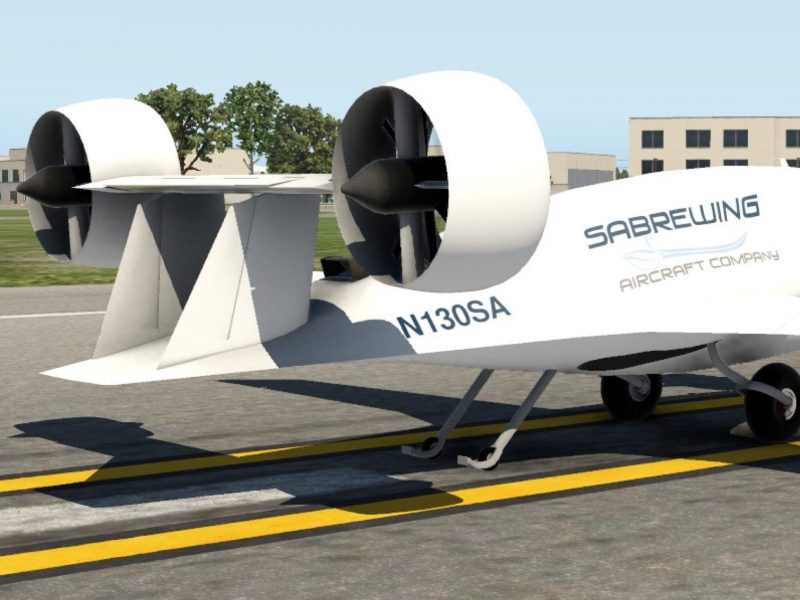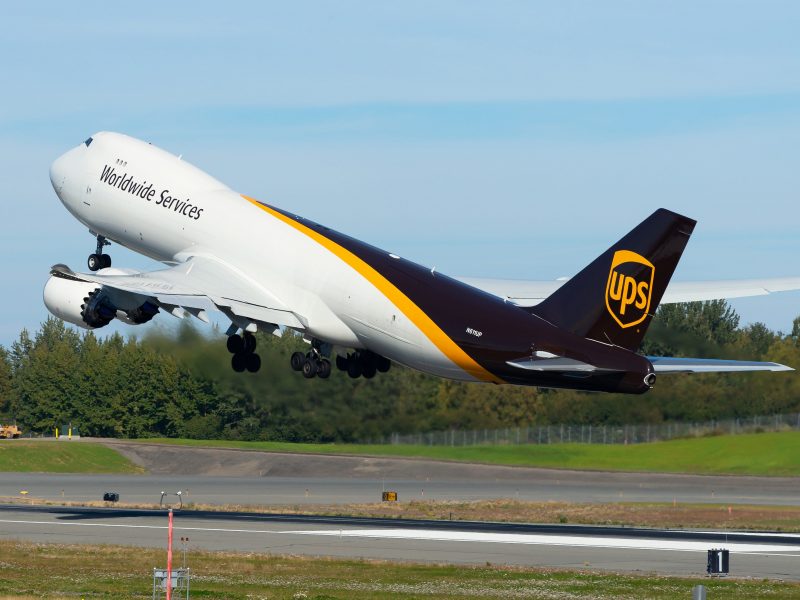- A new hybrid-electric vertical take-off and land aircraft, or eVTOL, was announced in May with backing from the US Air Force and NASA.
- The Rhaegal from Sabrewing Aircraft Company promises to revolutionize regional air freight with a carrying capacity of up to 10,000 pounds and the ability to access remote locations.
- Customers have already placed 65 orders totaling $265 million with the Air Force a potential customer, saying it will likely buy 30 eVTOLs in the future, according to Aviation Today.
- Visit Business Insider’s homepage for more stories.
The coronavirus pandemic has not deterred America’s desire for the next generation of air mobility, namely vertical take-off and land aircraft, or VTOLs.
While the country was focused on stopping the spread of COVID-19, the US Air Force launched a new program at the end of April aimed at facilitating the development of VTOLs for commercial use. Agility Prime seeks to unite the industry with the hopes of spurring and speeding up the development of “advanced air mobility vehicles.”
During the launch event for the Air Force’s program, one California-based start-up, Sabrewing Aircraft Company, debuted its hybrid-electric VTOL, or eVTOLs, to the public with an entry to service planned for 2022. Unlike many high-profile eVTOLs eyed for use by Uber and others, the Rhaegal-A eVTOL will fly cargo and aims to revolutionize delivery services.
The Air Force is backing the program to the tune of $3.3 million while offering the use of Edwards Air Force Base in California for testing while NASA also granted the firm a contract for nearly $500,000 for wind tunnel testing. If its development and certification schedule proceeds on schedule, the craft could be delivering packages as early as 2022, with 65 pre-orders totaling $65 million.
Take a closer look at the Rhaegal.
Rhaegal was unveiled to the public on May 1, three years after the launch of Sabrewing Aircraft Company.

Source: Aviation Today
The windowless craft will be tasked with flying cargo, not passengers, hence it's compact design. Packages don't need a view when they fly and don't mind occupying tight spaces, unlike passengers.

Source: Sabrewing Aircraft Company
Fully loaded, the eVTOL can carry a payload of 5,400 pounds when taking off vertically, which is expected at remote locations. Standard Amazon packages, for example, weigh less than 20 pounds allowing the Rhaegal to hold around 300 of them.

Source: Air Force Magazine and Amazon
The Rhaegal can also take off from a runway like a normal plane, which allows it to carry up to 10,000 pounds of freight.

Source: Air Force Magazine
Powering the eVTOL are four propellers, known as ducted fans, powered by Safran's Ardiden 3 engines, which are still in development but plan to offer between 1,700 and 2,000 horsepower.

Source: Sabrewing Aircraft Company and Safran
The fans will face forward during flight but can be tilted during the take-off and landing phases to fly vertically.

This ability lets the Rhaegal access non-airport facilities and fly between shipping locations without too much additional infrastructure.

For cargo loading, the Rhaegal takes a page from the Boeing 747 Freighter playbook with a hinged nose allowing easy loading and unloading.

Source: Sabrewing Aircraft Company
Here's what it looks like on the 747.

Much like its airliner competitors, the Rhaegal-A can carry traditional cargo containers,

As well as bulk cargo, thanks to 570 cubic feet of cargo space.

While the renderings make it look compact, it's comparable in length and wingspan to a small private jet. It's just under 48 feet long with a wingspan of nearly 75 feet, so it does require a lot of room to stretch out.

Source: Sabrewing Aircraft Company
It's more comparable in sign in terms of length and wingspan to a Cessna Citation Excel.

Source: Cessna
Powering the Rhaegal will be a mix of electricity and jet fuel with Sabrewing not yet able to build a true, electric-only VTOL.

Source: Sabrewing Aircraft Company
Sabrewings promises the aircraft will be able to fly distances of over 1,000 nautical miles, enabling journeys between cities like New York and Chicago; Los Angeles and Seattle; and Washington and Boston.

Source: Air Force Magazine
The eVTOL can also climb as high as 22,000 feet, in the realm of commercial airliners, at speeds of 200 knots, or just under 250 miles per hour.

Source: Air Force Magazine
There's no cockpit included in the model with pilots flying the eVTOL remotely, like with most current drones. Sabrewing's pilots are currently training to fly the aircraft on simulators at the firm's Camarillo, California facilities.

Sabrewing is reporting deliveries will take place during the first half of 2021 with an entry into service expected in 2022.

Source: Sabrewing Aircraft Company
The Rhaegal's introduction comes as cargo carriers are investing heavily in new regional airplanes to carry freight between smaller cities.

FedEx Express, for example, is preparing to receive 50 Cessna SkyCouriers and placing the launch order that spurred its development.

Small, turboprop aircraft like the Cessna Caravan have long been relied upon to bring freight to remote communities but the Rhaegal may be making the Caravan and its new successor obsolete, especially with the extended ranges the eVTOL can fly.

It won't replace the heavy lifters, however, like this Boeing 747-8F.

The Rhaegal is still in development with developers getting as far as a prototype and this remote-control model.

Flight testing was supposed to begin at Edwards Air Force Base on June 1 but the coronavirus pandemic put those plans on hold.

Source: Aviation Today
With a target date for entry into service of under two years, the Rhaegal will be among the first cargo-carrying eVTOLs to publicly make its aerial debut in the modern era.


